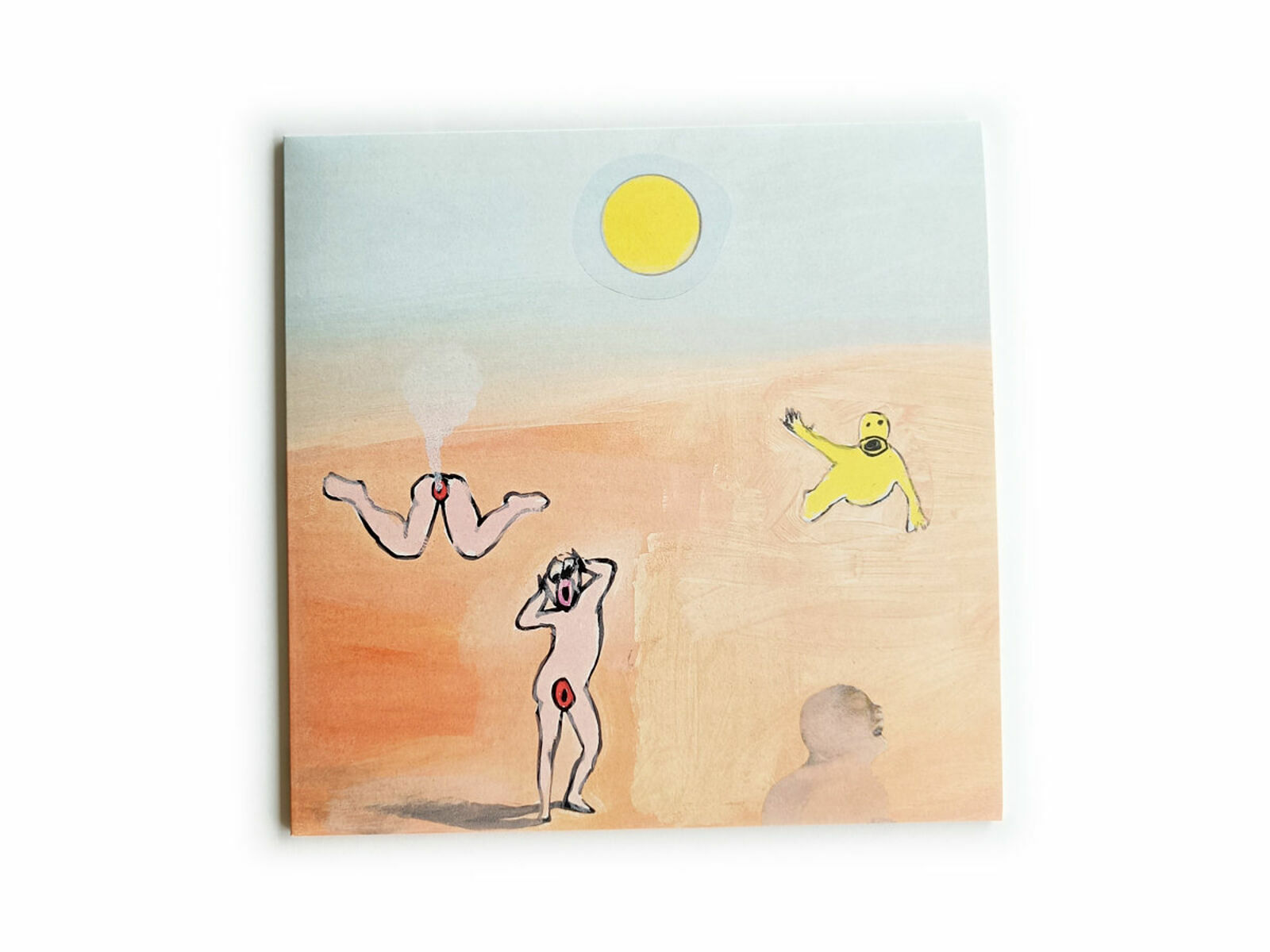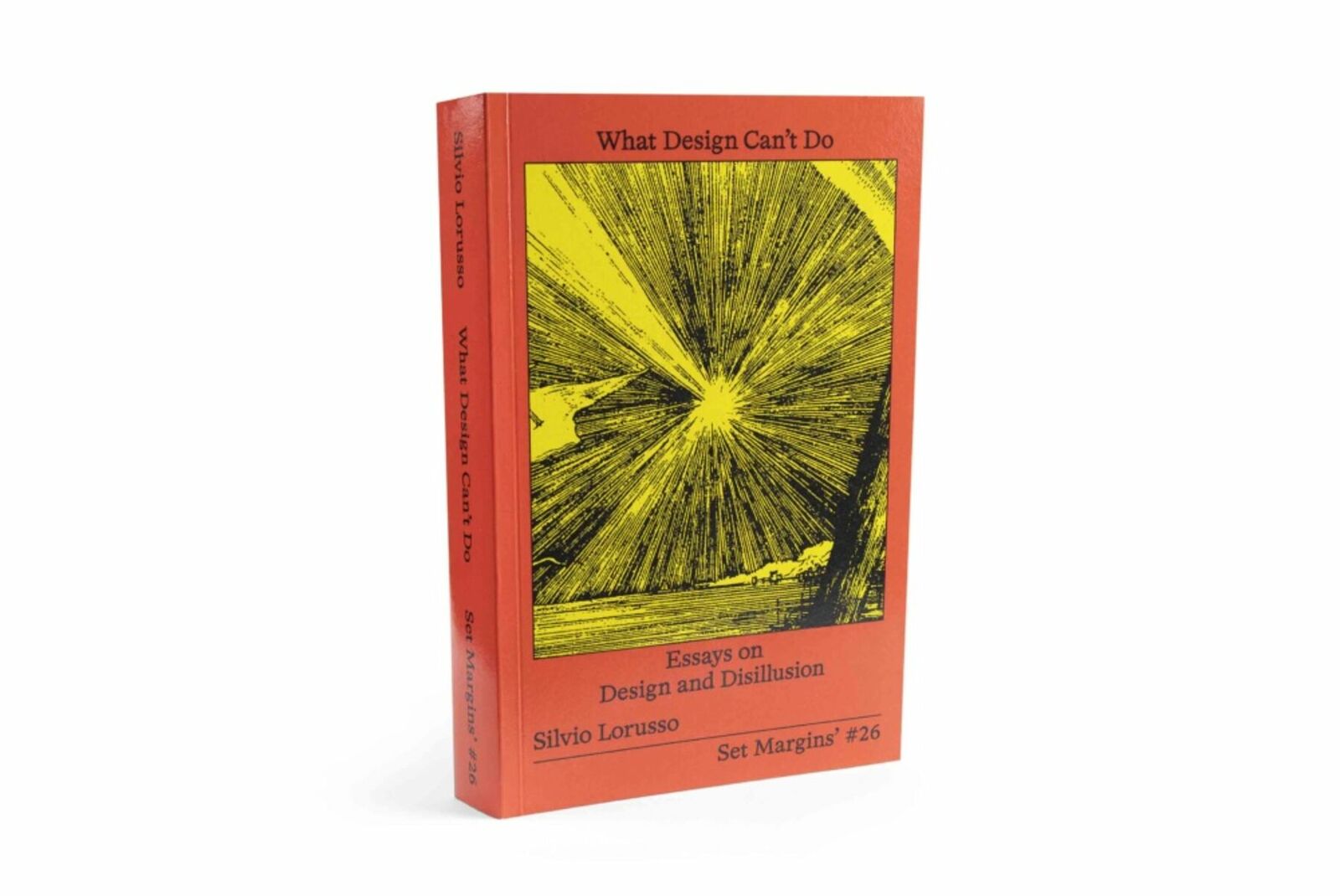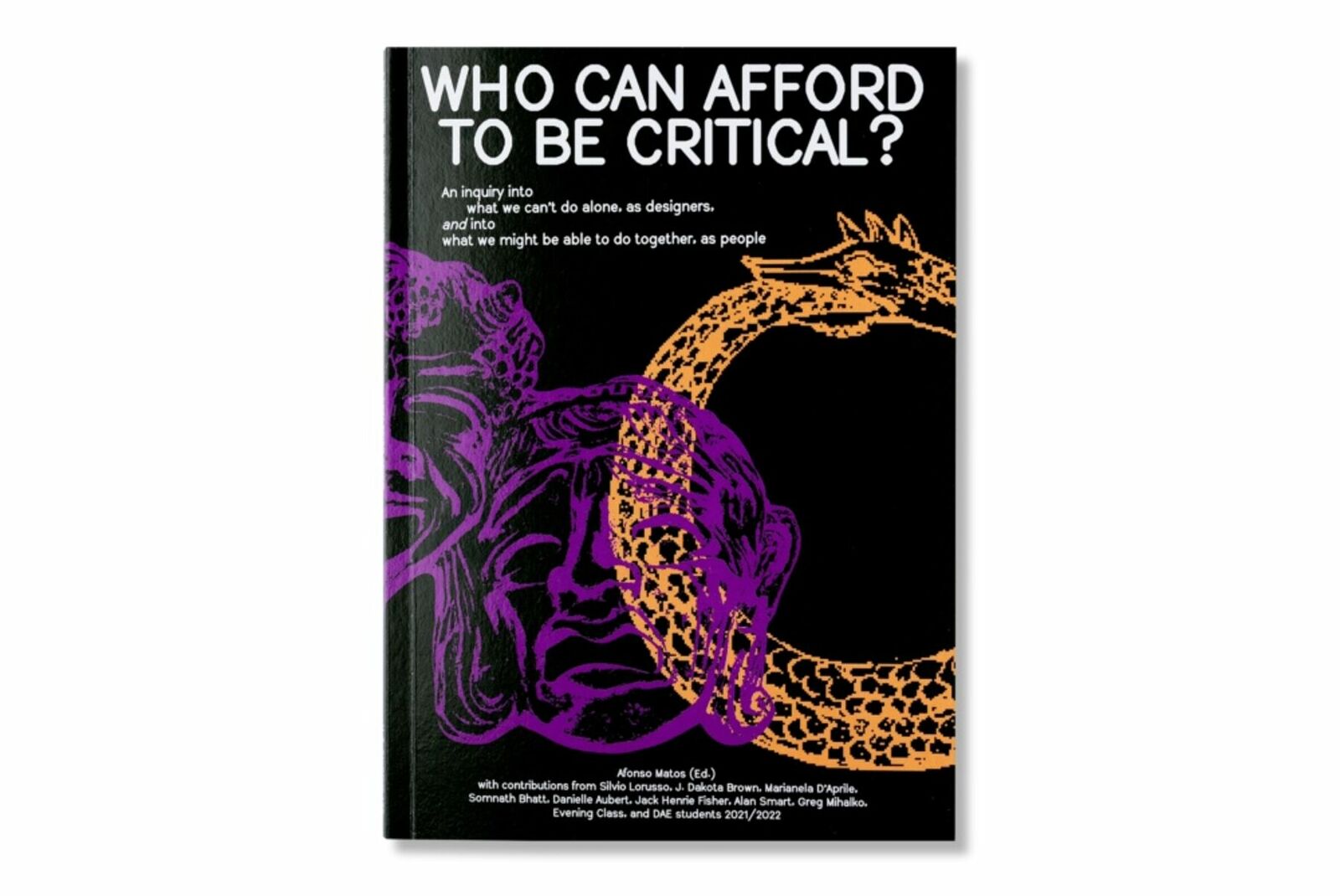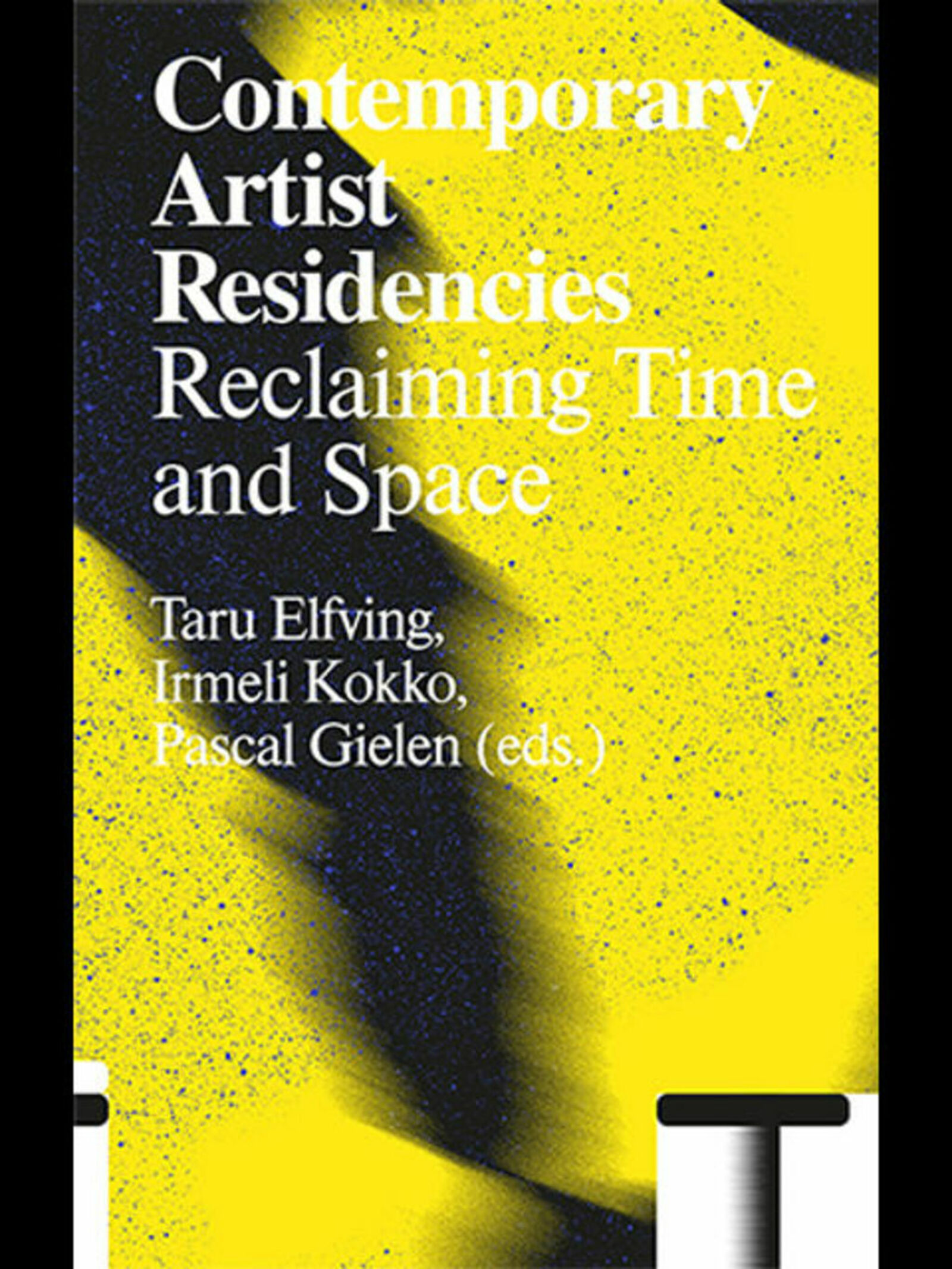Bookshop
We invite you to explore our curated collection of books, journals, editions, and music at de Appel Bookshop. Discover titles from a range of partners such as Valiz, BOOKS at and Onomatopee. These distributors contribute offer a diverse range of publications spanning art, land, housing, culture, politics, and more.
Location & hours
You can find the bookshop located within de Appel. We welcome visitors during our exhibition hours. Feel free to drop by, browse our shelves, and discover something new.
Collection (incomplete)
○ BOOKS at de Appel
Selected by Matt Hinkley
○ Set Margins
Critical and creative publishing to rethink and evolve visual communication and forms of cooperation.
○ Onomatopee
Onomatopee Projects is a curating and editorially led public gallery and publisher that is particularly known for its self-initiated and transdisciplinary projects. Furthermore, Onomatopee also hosts the projects of progressive individuals as well as artist-run and institutional organizations.
○ Tropical Tap Water
Tropical Tap Water is a band consisting of Simnikiwe Buhlungu, Diana Cantarey, Daniel Aguilar Ruvalcaba and Julian Togar Abraham, planted and watered at the Rijksakademie van Beeldende Kunsten, Amsterdam in 2020.
○ Valiz
Valiz is an independent international publisher on contemporary art, theory, critique, design and urban affairs. Our books offer critical reflection, interdisciplinary inspiration, and often establish a connection between cultural disciplines and socio-political questions. We publish these books out of our commitment to their content, to artistic and social issues and to the artists, designers and authors.
○ If I Can't Dance
Established in 2005, If I Can’t Dance, I Don’t Want To Be Part Of Your Revolution is an art organisation dedicated to exploring the evolution and typology of performance and performativity in contemporary art.
○ KIOSK Rotterdam
KIOSK Rotterdam is a bookshop, (riso) print workshop, and a leaky press run by artist Philippa Driest. The selection hosts radical/critical theory, fiction, poetry and self-publishing practices.
○ Disarming Design from Palestine
Disarming design from Palestine is an independent non-profit project fostering thought-provoking designs from Palestine. They are useful objects, and each one of them carries a unique story.

Roger 3000 - Reste Envie
To need, to be needed, in four corners. Sleep and privacy, gases come and gases go, and now you are the only one in the room you sit in, you are one with the room you sit in, as if there are no negatives and no positives--did you know that you are an extension of your apartment? Did you know that you are in a codependent relationship with your apartment? Did you know that your apartment knows and appreciates all of your secrets?--I feel safe, which is not a new need for human beings, but a very ancient one, almost the first one. It is enacted by the possibility of sound, humming or strumming something mostly. But the quiet apartment makes its own sounds: a single longing note of birdsong told to the beat of restful breathing, the angelic insistence of tinnitus, the neighbours. Sometimes I wonder if silence means nobody's home. How still I sit. Sometimes I return to silence and feel hugged by the cool lightness of its touch, like sleeping with just a sheet in summertime. Like turning the key. Like a visit from the cat next door. Like a somnambulant ray reaching across the room, asking if you'd like to step outside.
Reste Envie is a desirous message to oneself, made from a place of lived solitude: the parameters of home.

What Design Can’t Do: Essays on Design and Disillusion - Silvio Lorusso
Design is broken. Young and not-so-young designers are becoming increasingly aware of this. Many feel impotent: they were told they had the tools to make the world a better place, but instead the world takes its toll on them. Beyond a haze of hype and bold claims lies a barren land of self-doubt and impostor syndrome. Although these ‘feels’ might be the Millennial norm, design culture reinforces them. In conferences we learn that “with great power comes great responsibility” but, when it comes to real-life clients, all they ask is to “make the logo bigger.”
This book probes the disillusionment that permeates design. It tackles the deskilling effects provoked by digital semi-automation, the instances of ornamental politics fashioned to please the museum-educational complex, the nebulous promises of design schools. While reviving historical expressions of disenchantment, Silvio Lorusso examines present-day memes and social media rants. To depict this disheartening crisis, he crafts a new critical vocabulary for readers to build upon. What this exposé reveals is both worrying and refreshing: rather than producing a meaningful order, design might be just about inhabiting chaos.
What was once a promising field rooted in problem-solving has become a problem in itself. The skill set of designers appears shaky and insubstantial – their expertise is received with indifference, their know-how is trivialised by online services, their work is compromised by a series of unruly external factors. If you see yourself as a designer without qualities; if you feel cheated, disappointed or betrayed by design, this book is for you.

Who Can Afford to Be Critical? - Afonso Matos (Ed.)
‘Critical Designers’ produced by an increasing number of design schools are prompted to address social, political and environmental issues through their practices. Yet, who can afford to continue such effort after graduation?
In a dynamic style holding multiple voices, Who Can Afford To Be Critical? discusses the limits that affordability, class and labour impose upon the educational promise of holding a ‘critical’ practice. Why do we tend to ignore the material and socioeconomic constraints that bind us as designers, claiming instead that we can be powerful agents of change? In fact, where does our agency lie?
Instead of focusing on the dream of ethical work under capitalism, could we, instead, focus first on designers’ own working conditions, targeting them as one immediate site for collective action? And can we engage politically with the world not necessarily as designers, but as workers, as activists, as citizens?

Durable Discussions - Essays from the Disarming Design Department
Durable Discussions brings together seventeen essays written by designers and artists from the Disarming Design Department of Sandberg Instituut in Amsterdam. Engaged in social, material, and political struggles, they generously retell their personal histories, writing across objects, events, places, and habits. In research through writing, they sense and transform the poetics and politics of the everyday. This publication presents life-making practices through language, typography, weaving, aesthetics, cooking, land, speculation, and pedagogies.
Offering perspectives in thinking about art and design as emancipatory politics, and as a practice of hope, the essays speak of making what is deemed impossible possible.

Contemporary Artist Residencies: Reclaiming Time and Space
Artist residencies provide space, time, and concentration for making art, doing research and for reflection. Residencies are crucial nodes in international circulation and career development, but also invaluable infrastructures for critical thinking and artistic experimentation, cross-cultural collaboration, interdisciplinary knowledge production, and site-specific research. The globalization process and the demands of the creative economy have had an impact on artist residencies. Ecological and geopolitical urgencies are now also affecting them more and more. In response, many residencies today actively search for more sustainable alternatives than the current neoliberal condition allows for artistic practice. With a range of critical insights from the field of residencies, this book asks what the present role of artist residencies is in relation to artists and the art ecosystem amid transformations in society.

Čatnosat: Indigenous Art, Knowledge and Sovereignty
Čatnosat. The Sámi Pavilion, Indigenous Art, Knowledge and Sovereignty takes as its starting point a ground-breaking moment in the history of the Biennale Arte in Venice: the Indigenisation of the Nordic Pavilion in 2022, by ‘The Sámi Pavilion’ project. Featuring the creative practices and worldviews of Sámi artists and land guardians Pauliina Feodoroff, Máret Ánne Sara and Anders Sunna the project represented a sovereign call for Sápmi (the Sámi homeland spanning Norway, Sweden, Finland and the Kola Peninsula) and revolved around three elements: trans-generational relations, holistic Sámi knowledge and learning, and Sámi spiritual perspectives.